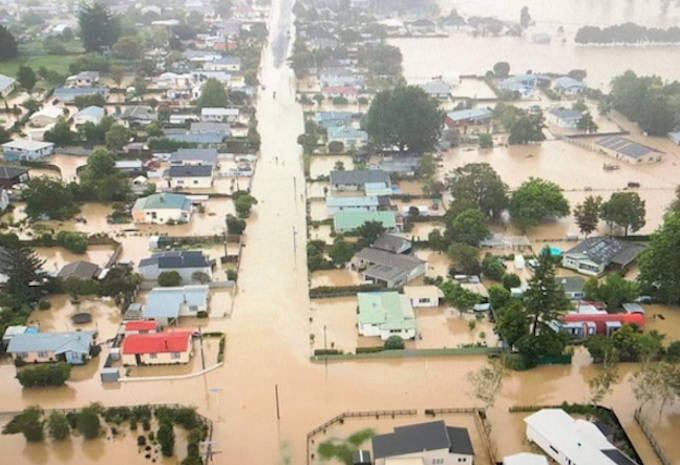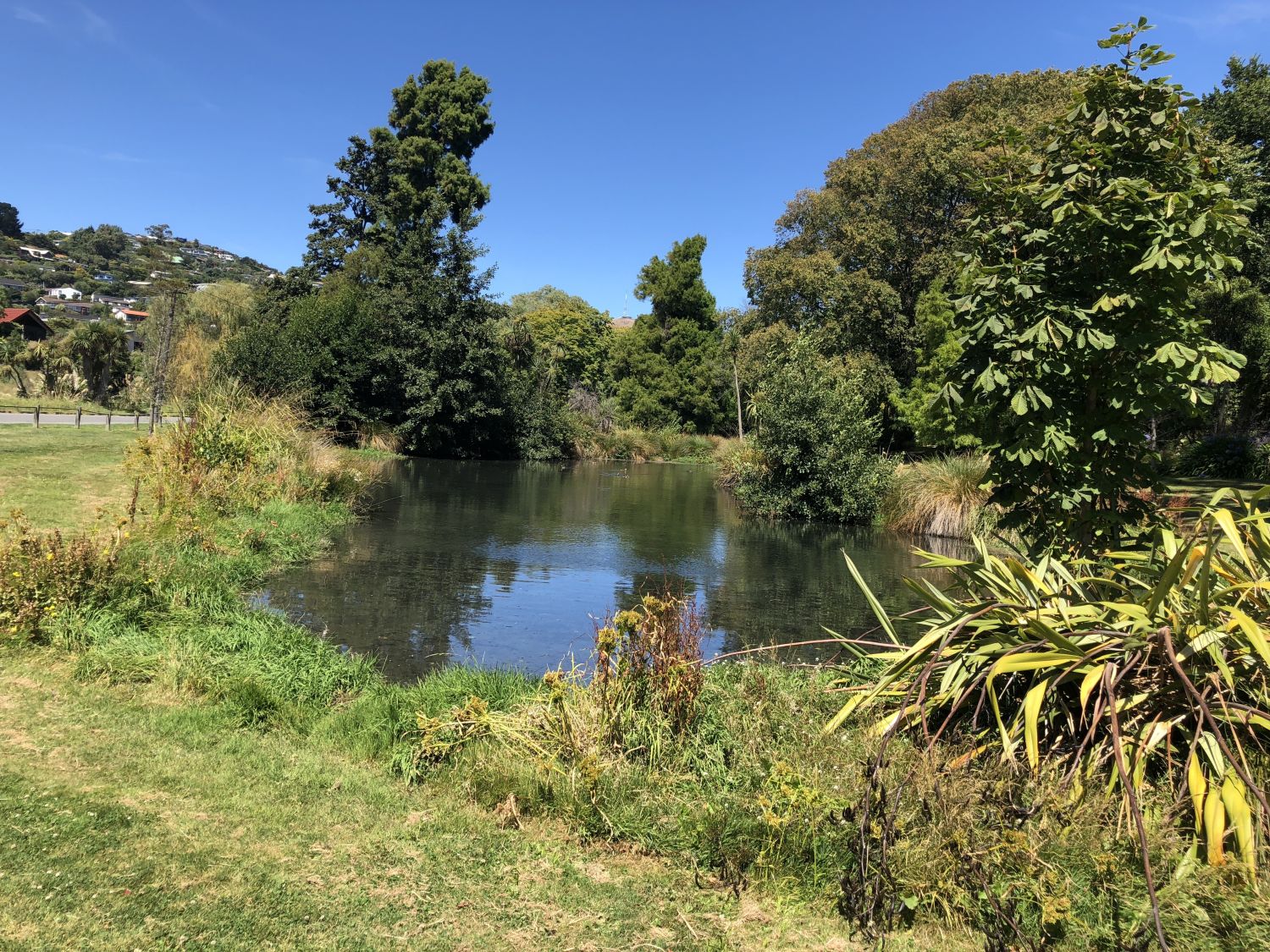Ephemeral Aquariums: Auckland's Car Park Ponds as Micro-Marine Sanctuaries
Auckland, New Zealand, a city renowned for its stunning harbors and vibrant marine ecosystems, holds a secret world in an unexpected location: its car parks. During periods of heavy rainfall, these paved expanses transform into temporary ponds, becoming unlikely havens for a surprising array of marine life. These ephemeral aquariums, as they're sometimes called, offer a fascinating glimpse into the resilience and adaptability of nature, highlighting the interconnectedness of urban environments and the natural world.
These temporary ponds aren't just puddles; they're dynamic ecosystems that support a variety of organisms, from microscopic plankton to small crustaceans and even fish. The water collects nutrients and organic matter from the surrounding environment, creating a rich soup that fuels the food web. While their existence is fleeting, these car park ponds play a crucial role in the life cycles of certain species and offer a unique opportunity to study ecological processes in miniature.
The phenomenon isn't unique to Auckland, but the city's specific climate and urban landscape make it a particularly interesting case study. Understanding these ephemeral ecosystems can provide valuable insights into urban ecology, stormwater management, and the importance of even the smallest habitats.

The Ecology of a Car Park Pond
The ecology of a car park pond is surprisingly complex, considering its temporary nature. The initial influx of water brings with it a cocktail of nutrients, pollutants, and organic matter. This creates a boom-and-bust cycle of life, starting with the rapid growth of algae and bacteria. These microorganisms form the base of the food web, supporting a variety of small invertebrates.
Common inhabitants of these ponds include copepods, ostracods, and various types of insect larvae. These tiny creatures feed on the algae and bacteria, and in turn, become food for larger organisms. In some cases, small fish, such as mosquito fish (Gambusia affinis), may find their way into the ponds, either through natural dispersal or accidental introduction. These fish can play a significant role in controlling mosquito populations, but they can also impact the native invertebrate community.
The lifespan of a car park pond is typically short, lasting from a few days to a few weeks. As the water evaporates or drains away, the ecosystem collapses, and the organisms either die, enter a dormant state, or migrate to other bodies of water. However, even in this short time, the pond can provide a valuable habitat and contribute to the overall biodiversity of the urban environment.

Challenges and Threats to Ephemeral Aquariums
Despite their ecological value, car park ponds face numerous challenges and threats. Pollution is a major concern, as stormwater runoff often carries contaminants such as oil, heavy metals, and pesticides into the ponds. These pollutants can harm or kill aquatic organisms and disrupt the delicate balance of the ecosystem.
Another threat is habitat destruction. As cities grow and develop, more and more land is paved over, reducing the amount of permeable surface available for water to infiltrate into the ground. This can lead to increased stormwater runoff and more frequent flooding, but it can also eliminate potential habitat for ephemeral aquatic life. Furthermore, the ponds are often viewed as nuisances and are quickly drained or filled in, without regard for their ecological value.
Climate change also poses a threat to these ecosystems. Changes in rainfall patterns, such as more frequent and intense storms, can lead to more extreme fluctuations in water levels, making it difficult for organisms to adapt. Rising temperatures can also affect water quality and increase the risk of algal blooms.

The Importance of Studying These Habitats
Studying car park ponds and other ephemeral aquatic habitats is crucial for understanding urban ecology and developing effective strategies for managing stormwater and protecting biodiversity. These ecosystems provide a unique opportunity to observe ecological processes in action and to learn about the resilience and adaptability of life in the face of environmental change.
Research on these ponds can help us to identify the key factors that influence their biodiversity and ecological function. This information can then be used to develop management practices that minimize the negative impacts of urbanization and promote the conservation of these valuable habitats. For example, implementing green infrastructure solutions, such as rain gardens and permeable pavements, can help to reduce stormwater runoff and improve water quality.
Furthermore, studying car park ponds can raise awareness about the importance of even the smallest and most overlooked ecosystems. By highlighting the surprising biodiversity that can be found in these temporary habitats, we can encourage people to appreciate the natural world and to take action to protect it.

Conservation and Management Strategies
Conserving and managing car park ponds requires a multi-faceted approach that addresses the various threats they face. One of the most important steps is to reduce pollution from stormwater runoff. This can be achieved through a variety of measures, such as implementing stricter regulations on industrial discharges, promoting the use of green infrastructure, and educating the public about the importance of proper waste disposal.
Another key strategy is to protect and restore existing car park ponds. This can involve creating buffer zones around the ponds to filter pollutants, removing invasive species, and restoring native vegetation. In some cases, it may also be possible to create new car park ponds or to modify existing ones to enhance their ecological value.
Finally, it is essential to raise awareness about the importance of car park ponds and to engage the community in their conservation. This can involve organizing educational events, conducting citizen science projects, and working with local businesses and organizations to promote sustainable practices. By working together, we can ensure that these ephemeral aquariums continue to thrive and provide valuable ecological services for years to come.
| Strategy | Description | Benefits |
| Reduce Stormwater Pollution | Implement green infrastructure, stricter regulations, public education. | Improved water quality, healthier ecosystems. |
| Protect and Restore Ponds | Create buffer zones, remove invasive species, restore native plants. | Enhanced biodiversity, improved habitat. |
| Raise Awareness | Educational events, citizen science, community engagement. | Increased appreciation, community support. |

Let's cherish and protect these fleeting havens, celebrating the unexpected beauty they bring to our city. Who said Auckland is boring? 😊
-JAFA
Comments
Post a Comment